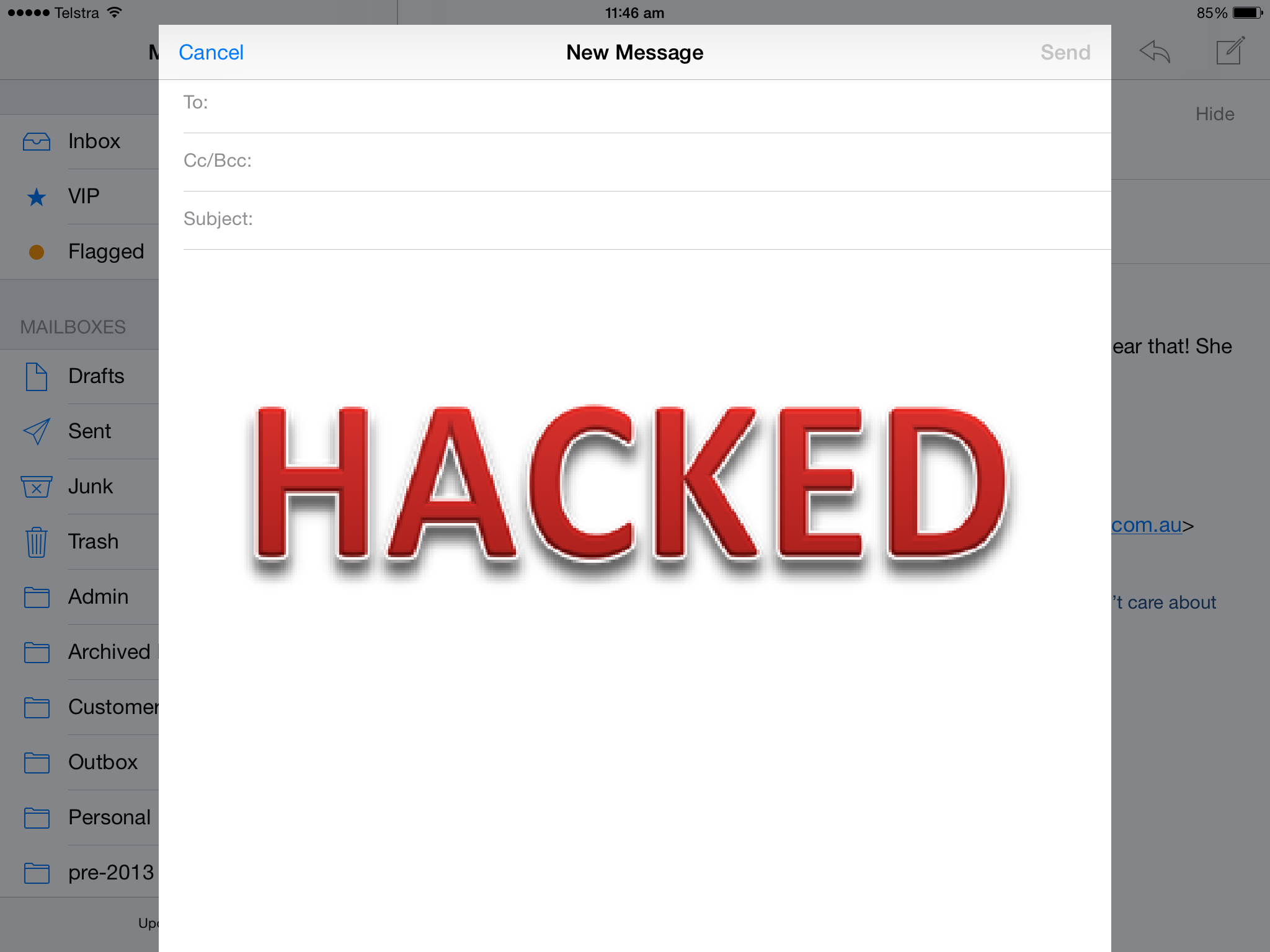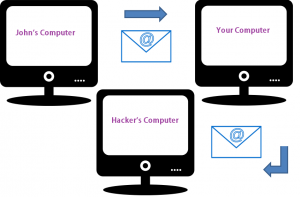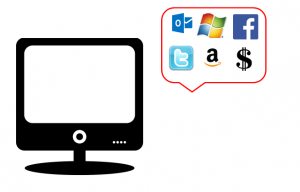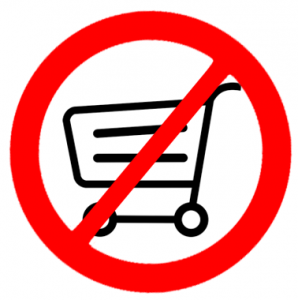
22 Jul Email Hacked? Here’s What You Need To Do
Email hacking… I don’t have anything valuable in my email, why would someone hack into it?
As with many other things in life, when it comes to security many adopt an “it won’t happen to me” mentality.
However, we actually store a lot of valuable information in our email. We do everything online and a copy of everything is sent to our email. Our bills, our credit card and bank statements, our payslips, receipts – the list goes on. This makes its very attractive for hackers to hack into our emails.
If your email has been hacked, here is what to do!
Try logging back in
Try to log into your email account, as it is possible that the hacker has changed your password. If this is the case, click Forgot Password and follow the instructions.
Create a Secure Password
The easier your password, the easier it is for a hacker to hack your account and the more likely your account will be hacked. To prevent being a victim of hacking again, you must create a secure password.
It’s ideal to use not only a combination of upper and lower case letters and numbers but also symbols such as!@#. However, most passwords generally begin with an uppercase letter, followed by lower case letters and finish with a symbol. Hackers know this!
To further improve the security of your password, symbols should be placed in front of letters rather than (or in addition to) after. Once you create your new password, use https://howsecureismypassword.net/ to check how secure it is.
While changing your password, it’s worth changing your security questions and answers again.
 Check for changes in Settings
Check for changes in Settings
Check if the hacker has made any changes in your email settings. For example, the hacker may have set up forwarding of all your emails to their email account, or they may have changed the recovery email address.
 Ditch the ‘All for One’ Attitude
Ditch the ‘All for One’ Attitude
Many people avoid using different passwords for their many online accounts. Trying to remember which password goes with which account is difficult and quite inconvenient. However, adopting an ‘all eggs in one basket’ approach to passwords opens you up to a whole lot more damage if a hacker manages to crack your password.
There is a way though to easily manage multiple passwords.
Password mangers such as Last Pass, securely stores all your passwords for your online accounts in addition to offering a strong password generator. This will make it very easy to both create and use different passwords without forgetting them .
 Check and Update Passwords on your Devices
Check and Update Passwords on your Devices
Now that you’ve created a new password for all your accounts, use your new password to log into your online accounts from your smartphones and/or tablets. This will ensure you keep receiving emails and notifications on your devices. Whilst you’re logged in, also check for any suspicious changes in your accounts.
 Notify Family and Friends
Notify Family and Friends
Let everyone in your contact list know that you’ve been hacked. It’s possible the hacker used your email to send your friends or family a malicious email from your account. This way, they know to ignore previous emails that could have been sent from the hacker.
Run an Anti-Virus or Anti-Malware Program To be on the safe side, it’s worth running a full scan with an anti-virus or anti-malware program. If you don’t already have anti-malware program on your computer, there are a variety of options, such as Malwarebytes. Even if you already have an anti-virus or malware program, it’s worth downloading another one, as hackers often use installed anti-virus programs to assist in hacking your email.
 Hold off on Online Purchases
Hold off on Online Purchases
It’s wise to temporarily hold off on any online purchases until you have run your anti-virus or anti-malware program. This could help prevent the hacker from accessing your credit card or other financial details.
Education is key
Hackers are becoming increasingly sophisticated in the ways they gain access to personal information. Therefore, it’s important to stay on top of current email hacking scams to avoid falling prey again. Share your experience and what you learnt with family and friends to prevent them from being hacked also.
Be Wary of Suspicious and Phishing Emails
Be extra cautious of any future emails you receive. Phishing refers to hoax emails that are sent out to obtain personal and banking information. These emails generally look very authentic and seem like they have come from legitimate businesses.
According to Carl Leonard of Websense Security Labs “Phishing emails form a dangerous stage of the attack lifecycle… We found that 3.3 percent of all unwanted mail contains malicious links and other malicious content that lead unwary readers to malware download sites.” Three percent may seem like a small percentage but in the 132 billion emails are sent/received every day, it’s not so small.
Email hacking and phishing begin with simple mistakes and naivety. It’s up to the end user to be wary of the how to prevent from being a victim.

